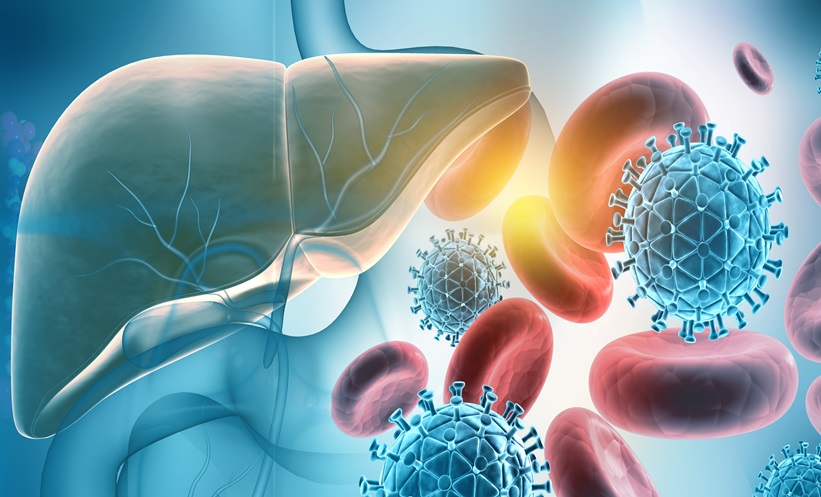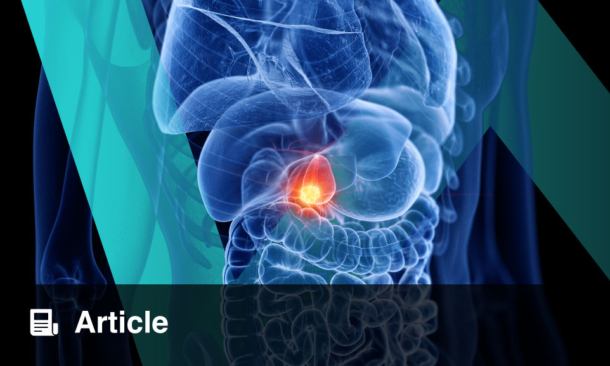New findings presented by Jörn Schattenberg at UEG Week 2025 in Berlin, Germany, demonstrate that semaglutide 2.4 mg provides significant improvements in metabolic dysfunction-associated steatohepatitis (MASH) through both weight loss-dependent and weight loss-independent mechanisms. The post hoc analysis of the ongoing Phase III ESSENCE trial highlights the drug’s potential to deliver histological and metabolic benefits that extend beyond its well-known effects on body weight.
Dual pathways driving MASH improvement
The ESSENCE trial enrolled more than 800 participants with biopsy-confirmed MASH and stage F2/F3 fibrosis. At 72 weeks, patients treated with once-weekly semaglutide achieved an average weight loss of 10.5%, compared with 2.0% among placebo recipients. However, this analysis aimed to determine how much of semaglutide’s impact on liver and metabolic outcomes was independent of weight reduction.
Researchers assessed both histological endpoints, including MASH resolution and fibrosis improvement, and non-invasive tests (NITs) such as ALT reduction, FAST score, vibration-controlled transient elastography (VCTE), and Enhanced Liver Fibrosis (ELF) score. Logistic regression models were used to separate total, weight loss-dependent, and weight loss-independent effects.
Significant effects beyond weight loss
Semaglutide showed strong improvements across all endpoints. For MASH-related measures, the odds ratios (ORs) for overall effect on ALT reduction, FAST score improvement, and MASH resolution were 4.7, 6.9, and 3.9, respectively. Remarkably, over half of these effects (52–72%) were independent of weight loss, suggesting direct hepatic and metabolic benefits.
For fibrosis-related outcomes, ORs for VCTE, ELF score, and fibrosis improvement were 3.0, 4.5, and 2.1, respectively. Again, nearly half of the observed benefits were unrelated to weight reduction, confirming that semaglutide acts through multiple metabolic pathways.
“These data demonstrate that semaglutide’s therapeutic effects on MASH extend well beyond its impact on body weight,” said Schattenberg. “We see meaningful improvements in liver inflammation and fibrosis driven by both metabolic and direct hepatic mechanisms.”
Implications for MASH treatment
With no approved therapies yet available for MASH, these findings reinforce the potential of semaglutide as a disease-modifying treatment that targets both liver histology and systemic metabolic dysfunction.
Further data from ESSENCE Part 2 are anticipated to confirm these results across a larger cohort and clarify long-term outcomes, including fibrosis regression and clinical event reduction.
Reference
Schattenberg J. Weight-independent benefits of semaglutide on histology and non-invasive tests in participants with biopsy-defined metabolic dysfunction-associated steatohepatitis: post hoc analysis of the essence trial part 1. Abstract OP160. UEG Week, 4-7th Oct, 2025.








